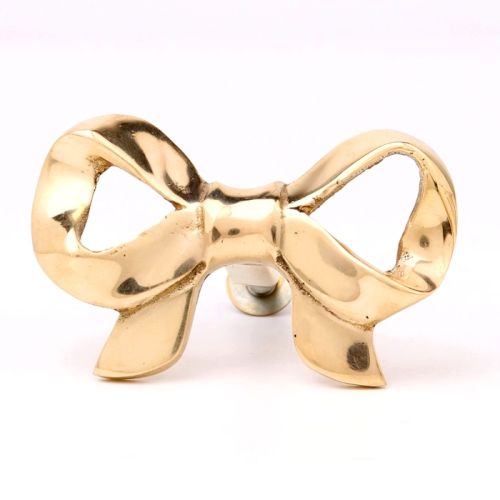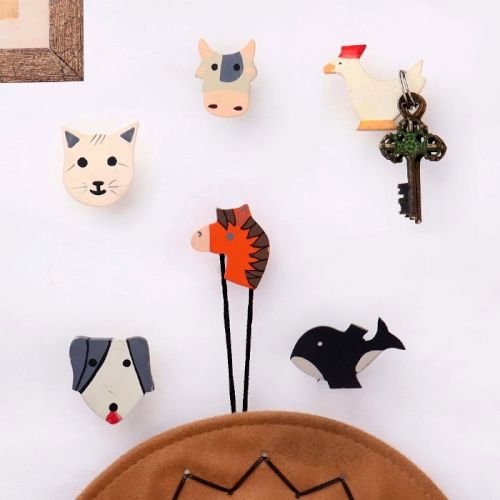General Understanding of Miniature Paintings
Miniature painting is a language spoken in strokes, where scale does not dilute grandeur. It is a canvas no larger than a palm, yet vast enough to hold entire kingdoms, celestial realms, or stolen glances between lovers. Its language is precision; its rhythm, detail. Unlike murals that roar, miniatures whisper—layering meaning with brush-tip silence. Often shaped by courtly patronage or spiritual longing, these works are curated tableaux, with each color a metaphor, every gesture a narrative node. It is less about size and more about scale of meaning—an intimacy crafted with surgical finesse and devotion akin to ritual.
What Is A Miniature Painting?
A miniature painting is not merely a “small painting,” but a crystallized universe—a moment held captive in brushstroke and breath. Measured by scale yet vast in emotion and intent, miniature paintings combine painterly discipline with poetic expression. Originating across cultural lineages—Mughal, Rajput, Pahari, Persian—they unfold themes through a methodical grammar of lines, posture, and spatial hierarchy. The surface—be it wasli paper, ivory, or cloth—is treated like gessoed wood in iconography: sacred, patient, and deliberate. There is often no background noise, only curated emptiness and orchestrated symbolism. Each detail—the arch of an eyebrow, a pigeon in flight, a spilt goblet—serves a purpose. They are neither sketches nor caricatures but icons that speak with the gravity of frescoes and the softness of illuminated manuscripts. Ultimately, miniature painting is a philosophy rendered visually—a prayer offered not in words, but in line and tone.
What Does A Miniature Painting Aim To Capture Or Convey?
A miniature painting aims to capture the unsayable. It works in allegory and silence, condensing entire emotional climates into inch-wide vistas. Unlike narrative art that moves in linear beats, miniature painting layers story within composition. It portrays love through the curve of a lotus, war through the plume of a horse, divinity through blue skin or haloed heads. The canvas is not static—it breathes, narrates, remembers. There’s always an interplay between the seen and the felt: clouded skies mimicking longing, architectural grids echoing power. Often, what it doesn’t show is as crucial as what it does—the empty corridor, the lone moon, the gesture suspended in air. Texture becomes tempo, and pigment, poetry. Whether it’s the passion of Radha-Krishna or the solemnity of a coronation, miniature paintings transform narrative into ritual, memory into iconography. It doesn’t shout emotion; it encodes it—like a palimpsest, quietly waiting to be deciphered.
What Are The Different Types Of Miniature Paintings?
Miniature paintings branch out like schools of thought—each defined by its palette, purpose, and poetics. Religious miniatures are illuminated scriptures—visual theology that turns gods into characters of longing, wrath, or grace. Courtly and romantic scenes are lyrical stagings of opulence and desire, where architecture frames intimacy. Nature-based miniatures turn botany and fauna into meditations—each flower a brush prayer. Portraiture is less biography and more legacy, often airbrushed with myth. Battle scenes explode with orchestrated chaos—horses mid-stride, trumpets mid-breath. Each genre, a distinct genre of visual storytelling. Each stroke, an act of memory. These are not just types, but textures of vision.
Techniques & Tools of Miniature Paintings
The creation of a miniature painting is not a spontaneous burst of expression but a highly disciplined, ritualized craft. The tools are sacred, the materials alchemical, and the techniques evolved from centuries of tradition. Just as a maestro tunes each string before the first note, the miniature painter prepares their ground, mixes their pigments, and sharpens their focus before a single brushstroke graces the surface.
How Do You Create A Miniature Painting Correctly?
Creating a miniature painting is not merely a mechanical act but a ceremonial one—akin to icon-making. The process begins with preparing wasli paper, hand-layered and burnished till smooth as ivory. This becomes your altar. Then, a light graphite or ink sketch—just enough to guide but never dominate. The colors are applied in translucent washes, layer by layer, much like glazing techniques in oil painting. Detail is king: eyebrows shaped like commas, jewelry rendered like constellations. Brushes, often made from mongoose or squirrel hair, are wielded like surgical instruments. Each stroke breathes life into fabric folds, petal curls, or eye glimmers. The painting is then polished with agate stone—burnishing not just the surface, but the aura. This is not just art—it’s devotion in miniature, a meditation in motion. To create one correctly is to vanish into its precision and emerge with something timeless—alive in its stillness.
What Materials Are Used For Miniature Painting?
Miniature painting relies on elemental materials transformed into sacred tools. The canvas is typically wasli paper—hand-pressed, aged, and cured like a seasoned scroll. Pigments are alchemical: malachite for green, lapis lazuli for blue, crushed pearls for luster, and even real gold or silver leaf for accent. Brushes are not store-bought but custom-forged—often made from fine squirrel hair bound to bamboo slivers. Burnishing stones—agate or shell—polish the final piece to a sacred gleam. The palette knife, palette stone, magnifying glass—all are part of a ritual. Every material used whispers of heritage, precision, and painterly fidelity that borders on worship.
How Do You Choose The Right Miniature Painting Style Or Technique For Your Subject?
Choosing the right style in miniature painting is like selecting the correct rāga for an emotion—it must harmonize, not just illustrate. The Mughal style suits political gravitas and realism, its measured compositions and architectural settings echoing imperial might. Rajput style, by contrast, leans toward emotion—vivid, ornate, and romantic—where color becomes mood and ornamentation, a language. Pahari styles whisper rather than proclaim: ideal for lyrical, devotional, or pastoral scenes, with misty landscapes and dreamlike gestures. Deccan miniatures lend themselves to the baroque—dramatic lighting, abstract motifs, and architectural surrealism. The subject itself often dictates the style: a lover’s parting may bloom best under Pahari delicacy; a king’s ascent demands Mughal regality. The choice isn’t just aesthetic—it’s spiritual. The style must resonate with the inner temperature of the scene. Like choosing oil over watercolor, or fresco over wood panel, the decision isn’t technical—it’s interpretive. It must feel right, not just look right.
Purchase & Options of Miniature Paintings
Miniature paintings are like brushstrokes caught in whispered silence — intimate, intricate, and timeless. Whether you collect Pahari, Mughal, Rajput, or Deccan styles, each offers a distinct chromatic grammar. Today’s buyers can choose between handmade originals or high-quality prints; museum replicas or contemporary interpretations on silk, paper, or wood. Platforms such as IndianShelf, artisanal galleries, cultural festivals, and select e-commerce sites curate collections steeped in historical fidelity. Investing in one is not just acquiring a painting — it’s gathering centuries of pigment memory, each stroke a scribe of dynasties. A miniature painting is less wall art, more a meditative portal to layered legacies.
Where Can You Buy Quality Miniature Painting Supplies?
The palette of a miniature artist demands specificity — not just any brush, but a squirrel-hair fine-liner that mimics the nimbleness of a whisper; not just any paper, but hand-pressed vasli, which drinks the pigment like skin absorbing scent. Authentic supplies can be found in pockets of Rajasthan — Udaipur and Jaipur house ateliers where artisans still grind natural minerals to create lapis blue and vermilion red. Online platforms like Rangreet, Kamal's Art, or Craftsvilla offer curated kits for beginners and connoisseurs. For brushes, Escoda or Winsor & Newton lines echo the precision needed for miniatures. Each item isn’t merely a tool — it is a gesture towards preservation. The supplies, like instruments in a raga, must harmonize with the scale and spirituality of the painting. This is not just about purchasing items; it’s about aligning oneself with the patience, discipline, and sacred stillness that miniature art demands.
Comparison of Miniature Paintings
Miniature paintings differ like schools of thought — Mughal works mimic chiaroscuro with Persian influence; Rajput paintings breathe in saturated vermilions and mythic narrative tapestries; Pahari compositions are lyric poems in vegetal hues, while Deccan miniatures are ornamented like baroque ceilings. Scale may unify them, but intention, iconography, and pigment language vary. One seduces with royal opulence, another sings of divine love or forest musings. Each style is a distinct visual raga — structured, emotive, spiritual. Comparing them is akin to studying Rembrandt beside Rothko — different in form but bound by a devotion to detail and emotional cadence.
Miniature Paintings Vs Modern Illustration: What’s The Difference?
Miniature paintings and modern illustrations differ not in craft, but in spirit and philosophy. Miniatures are meditative — created in silence, where every line is a prayer and every pigment a relic. They follow a codified tradition: flat perspective, ornate borders, symbolic exaggeration. Their canvas may be palm-sized, but they carry the visual syntax of mythology, court chronicles, and devotional rhythms. Modern illustration, by contrast, is temporal — it responds, reacts, reinvents. It leverages digital tools, subverts scale, and embraces abstraction or hyper-realism. One is archival; the other agile. A miniature whispers — using stillness and ornate detailing as its lexicon. A modern illustration shouts, questions, moves. The former holds time still like amber, while the latter fractures and reforms it. Both have merit, but their differences lie in intention: one invokes timelessness, the other, timeliness. Each appeals to a different aesthetic register, but both serve as mirrors to their moment.
Creative Use & Aesthetics of Miniature Art
Miniature art transforms the mundane into the majestic. A single frame can carry the weight of an epic — Krishna’s flute, Rajasthani courtship, Sufi symbolism — all contained in a palm-sized cosmos. Aesthetically, it juxtaposes intimacy with grandeur: golden filigree against muted background, foliage stylized like musical notes. Creatively, its repurposing in bookmarks, framed tiles, wearable pendants, or embroidered wall scrolls reanimates tradition. The art isn't just seen — it’s lived. With thoughtful curation, it can become part of a room’s lexicon, like chiaroscuro within interior design. Miniature art doesn’t merely decorate; it dialogues — between history and present, ornament and essence.
What Are Some Creative Uses Of Miniature Paintings In Home Decor Or Art Projects?
Miniature paintings in home decor act as spatial haikus — small in form, immense in emotional and visual impact. When embedded thoughtfully, they anchor rooms like punctuations of poetry. Frame a series in alcoves as narrative scrolls across time, or display one solo above a wooden console, letting negative space act as silence between notes. Use them in handcrafted coasters, lacquered trays, or vintage tiles around mirrors — transforming daily rituals into a dance of heritage and art. They can also be reimagined in mixed media projects: layered over vintage maps, stitched into fabric canvases, or incorporated into illuminated manuscripts. One might even digitize them into projection mapping or AR-based exhibits for a gallery installation. Whether you preserve their sanctity or deconstruct them into abstract reinterpretations, miniature art becomes a tactile conversation between the observer and the centuries-old hand that once moved with the calm of a temple bell. These are not accents; they are anchors.
Faqs
-
What Are Miniature Paintings Used For?
Miniature paintings, despite their name, hold vast worlds within them. Historically, they were created not just for aesthetic pleasure but to record, narrate, and preserve tales of empires, gods, lovers, and cosmic truths. They acted as illustrated manuscripts—books that didn’t just speak, but sang. These paintings were often commissioned by royalty or spiritual patrons and served as vehicles of storytelling: from the private chambers of kings to sacred texts in temples. They were used to teach, to honor, to gift. In modern times, they are windows into forgotten traditions—studied by historians, collected by art lovers, revived by artisans. The utility has transformed, but the soul remains. Today, they offer intimacy—an experience of stillness in a world that rushes. They are not just images; they are preserved emotions, stitched in brushstrokes, layered in symbolism, and meant to be both held and beheld.
-
What Surface Or Paper Type Is Best For Miniature Paintings?
Miniature paintings demand precision, and that precision starts with the canvas—though rarely conventional. Traditionally, handmade paper or vasli (a fine, polished surface prepared by pasting several sheets together) was favored. This paper was burnished with a stone to create a soft-gloss texture—almost like skin—where every pigment would glide yet grip. Some painters preferred treated cloth or even ivory, depending on the intricacy required. The surface must be stable, smooth, yet absorbent enough to hold fine layers of color and detail. Today, many miniature artists use archival-quality acid-free paper to echo those traditional textures while ensuring longevity. The paper isn’t just a base—it’s a silent collaborator in the artwork, influencing tone, absorption, and even emotional texture. Every brushstroke lives longer and more vividly on a well-prepared surface. The key is refinement. The best surface doesn’t shout—it whispers, carrying the weight of centuries in silence.
-
Can Miniature Paintings Be Preserved Without Fading?
Yes, but like poetry written in ink, miniature paintings ask for care, devotion, and respect. Preservation isn’t just about technique—it’s a ritual. When created with natural pigments and binders like gum arabic or neem glue, these artworks possess surprising endurance. But time and environment can be both friend and enemy. Fading often stems from harsh light, humidity, and human touch. To keep them intact, one must become their guardian: frame with acid-free mounts, shield with UV-protective glass, and store in rooms where temperature and humidity stay humble. Avoid direct sunlight; it bleaches stories away. Don’t touch the surface—skin oils are silent destroyers. Instead, admire from a breath’s distance. Traditional methods—like occasional re-burnishing, or careful rehydration with herbal solutions—can revive dulled areas, but only under expert hands. A miniature painting doesn’t demand much—it only asks not to be forgotten. If nurtured right, it never truly fades—it only mellows.
-
Are Miniature Paintings Permanent?
In essence, yes. Miniature paintings are not fleeting creations—they’re heirlooms of time. Their permanence is both physical and emotional. When created with natural earth pigments, real gold, and vegetal dyes, anchored with gum arabic or crushed tamarind seeds, they resist time with quiet dignity. But permanence isn’t just material—it’s spiritual. These paintings carry the weight of rituals, royal chronicles, divine stories. They were born to be seen beyond their generation. Centuries-old works still survive in museums and private collections, whispering forgotten songs through cracked pigments. Of course, they aren’t immortal in the modern sense—they age, they mellow—but that’s their grace. Their permanence lies not in being unchanging, but in enduring gracefully. If handled with care, kept in controlled conditions, and understood not just as objects but as sacred legacies, miniature paintings become timeless. Not just permanent in pigment—but in presence.
-
What Pigments Are Best For Vivid And Long-Lasting Colors In Miniature Painting?
In miniature painting, the colors aren’t just visual—they are symbolic, sacred, and alive. True brilliance doesn’t come from factory-made tubes but from crushed gemstones, minerals, and herbs. Lapis lazuli, ground to a deep celestial blue, represents divinity and depth. Vermilion, from cinnabar, glows with warmth and vitality. Malachite offers green that is almost forest-breathing, and real gold lends not just color, but light. These traditional pigments, when combined with natural binders like gum arabic or neem resin, result in colors that don’t just last—they evolve. Over time, they settle into the surface, becoming one with it. They age like wine—maturing, never dulling. Modern alternatives may offer convenience, but they often lack the soul and stability of these ancient concoctions. In true miniature work, color isn’t applied—it’s invoked. And when treated with reverence, these pigments stay vivid for generations, like echoes of a brush that once whispered stories on paper.
-
Are Miniature Painting Techniques Universal Across All Regions?
While the essence of miniature painting—precision, layering, storytelling—remains universal, the soul of each school is distinct. The Mughal style is disciplined, observational, courtly. It brings realism to miniature form, influenced by Persian finesse and royal grandeur. In contrast, Rajput paintings—especially from Mewar or Marwar—vibrate with emotion, heroism, and devotion. They prefer bold colors, simplified forms, and a more abstract approach to space and storytelling. Pahari miniatures from Himachal cradle intimacy and lyricism, often soaked in poetic melancholy. Each technique reflects the geography, patronage, and philosophy of its origin. Even the brushes differ—some regions used single-hair squirrel brushes for ultra-fine detailing, while others embraced broader strokes. So, no, they are not universal—they are deeply rooted, regionally evolved, and emotionally unique. What binds them is the love for detail, but what separates them is the world they reflect. To understand a miniature is to travel through its homeland’s soul.
-
What Is The Cultural And Historical Significance Of Miniature Paintings?
Miniature paintings are not mere visuals—they are cultural mirrors, deeply etched in the psyche of India’s philosophical and historical consciousness. From palace walls to sacred manuscripts, they encapsulate centuries of religious devotion, courtly love, epic battles, and cosmic symbolism. They’re the unsung historians—chronicling what words couldn’t say, and what rulers wanted preserved beyond their lifetimes. Each school—Mughal, Rajput, Deccan, Pahari—preserves a unique worldview. Mughal miniatures documented diplomacy, flora-fauna, and lineage; Rajput art glorified Ramayana, Krishna Leela, or battles; Pahari ones whispered verses from Jayadeva or folk ballads. The paintings are layered with metaphors—a lotus isn’t just a flower, it’s divinity; blue isn’t just color, it’s transcendence. They reflect the interweaving of art, literature, politics, and spirituality. In them, we don’t just see history—we feel it, interpret it, and inherit it. Miniature paintings are India’s silent libraries—each frame a page, each hue a memory.
-
How Can You Clean, Preserve, Or Fix Miniature Paintings Using Simple Methods Or Traditional Tips?
Caring for miniature paintings is a gentle craft—more devotion than duty. Begin with the rule of reverence: never touch the painted surface with bare hands. Skin oils can stain the sacred. Always use gloves or cloth. Frame your painting behind UV-protective glass and ensure acid-free backing so that the artwork doesn’t deteriorate from behind. Keep them in low-humidity, well-ventilated spaces—too much moisture invites mold, too little may crack the pigment. Avoid placing them near direct sunlight or heat. For minor cleaning, a soft camel-hair brush can gently remove dust, but never apply water or chemicals. If repairs are needed, consult trained restorers who understand traditional materials—often using gum arabic, lime paste, or natural binders to revive fading sections. Preservation is not about restoring brilliance, but about honoring endurance. These paintings don’t just ask for safety—they ask for stillness, respect, and a promise to remember.
-
How Do Different Miniature Painting Styles Set The Mood Or Emotion Of The Artwork?
Each school of miniature painting feels like a different language of emotion. Mughal miniatures, with their precision and depth, speak the language of majesty, ceremony, and intellectual gaze. They invite the viewer to witness history unfold—controlled, calculated, yet breathtakingly real. Rajput miniatures burn brighter—with devotion, valor, and emotional surges. They paint not just scenes but moods—Krishna’s longing, Sita’s sorrow, Arjuna’s glory. Their colors scream with passion, compositions echo with dharma. Then there’s the Pahari style—gentle, tender, almost like visual poetry. These paintings hum with whispers: Radha’s stolen glance, a cloud-heavy monsoon, or a moment of introspection on a mountaintop. Their palettes are cooler, their lines more lyrical, their stories quieter. So yes, emotion is not just in the brush—it’s in the very grammar of each style. You don’t just view these artworks—you enter them, feeling what they feel, one layered breath at a time.
-
How Can Miniature Paintings Complement Room Decor, Wall Colors, Or Frames For Visual Harmony?
Miniature paintings act like visual whispers—delicate, evocative, and rooted in centuries of storytelling. When paired with neutral or earthy wall tones—like sandstone beige, muted sage, or rustic ivory—they breathe life into the stillness, allowing their intricate details to glow softly without clashing. Antique brass or distressed wooden frames enrich their old-world charm, as though the walls are curating heirlooms rather than mere decor. These paintings also speak fluently with traditional Indian accents—jaali work, carved consoles, or terracotta artifacts—creating an ambiance that feels timeless, lived-in, and sacred. They don’t dominate; they participate. Their presence is not loud but lingering—complementing the silence of a meditative corner, a vintage corridor, or even a modern boho nook with a soul. In the right setting, they don’t just decorate a room—they inhabit it, narrating forgotten epics in miniature strokes.
-
Can Miniature Paintings Be Used As Meaningful Gift Items, Such As For Housewarmings Or Special Occasions?
Yes, and more than that—they become memory tokens. Gifting a miniature painting isn’t just about aesthetic—it’s offering a story, a lineage, a piece of India’s quiet resilience wrapped in brushstrokes. For housewarmings, they symbolize rootedness—a blessing for the home to echo history and harmony. For weddings or anniversaries, they whisper of enduring love, often depicting Radha-Krishna or royal courtship scenes, connecting the couple to divine or poetic unions. Spiritual milestones—like Griha Pravesh or naming ceremonies—find in them a reverent echo, a keepsake that transcends trends. Their handmade nature makes each piece personal, imperfect in the way only human hands can make something eternal. Gifting one says: “I thought of your spirit, your space, your story.” It’s intimate, layered, and speaks without needing to explain itself. In a world of digital haste, it’s an offering of slowness, detail, and meaning.
-
What Are Some Unique Styling Tips Or DIY Hacks For Displaying Or Personalizing Miniature Paintings?
There’s poetry in how you choose to display a miniature painting—it’s not just about framing, it’s about staging a scene. Shadow boxes add theatricality, almost like a stage set in pause, allowing depth and light to dramatize the painting’s fine lines. Build a gallery wall where they mingle with mirrors, weaves, vintage postcards, or even old locks—creating a mosaic of memory and texture. Instead of default paper mounts, wrap them in silk, jute, or brocade—textiles that echo the era the art came from. Even tiny tassels or metallic threads on the edges can elevate the storytelling. Use brass nails or oxidized hooks for hanging, so the hardware feels as intentional as the artwork. For smaller pieces, rest them on easels beside terracotta diyas or incense holders. The idea isn’t perfection—it’s presence. Let the painting feel like it belongs, like it was always waiting to be part of your space.
For More Products - Canvas Rajasthani Painting | Pichwai Paintings | Radha Krishna Paintings


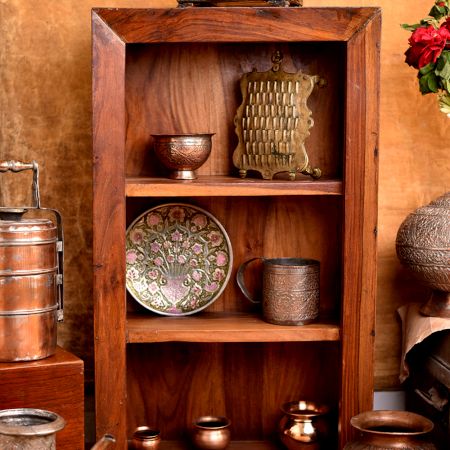
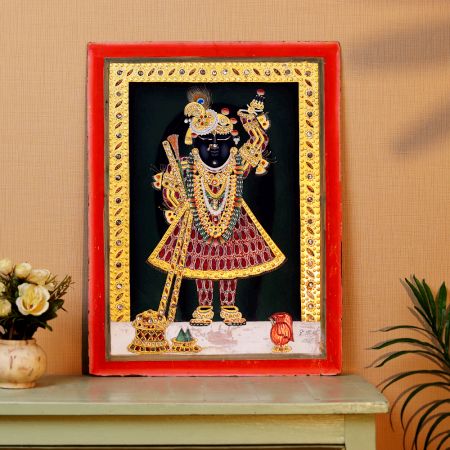
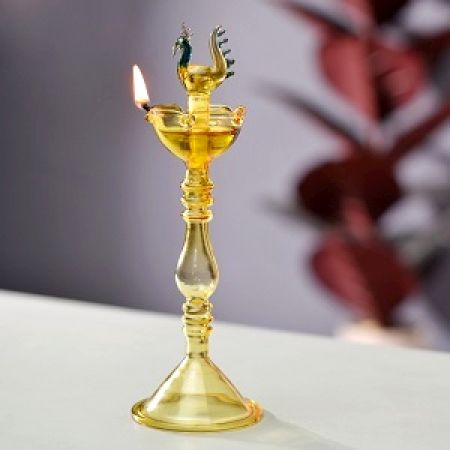
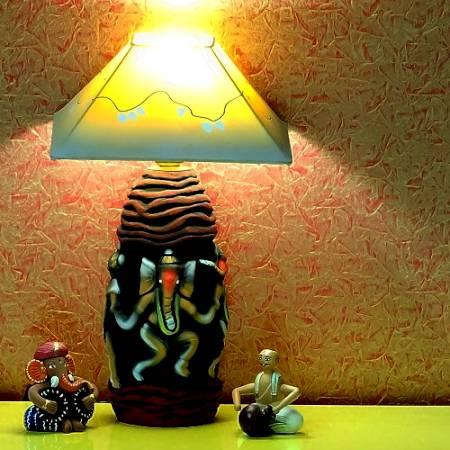


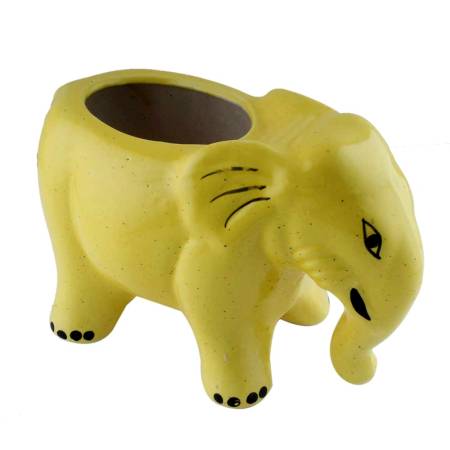
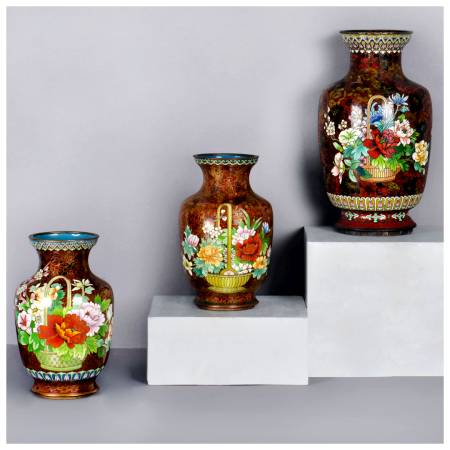
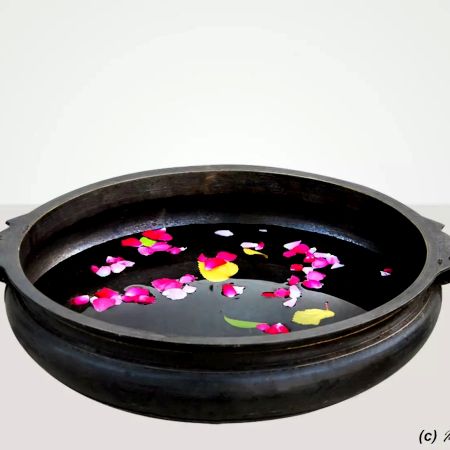

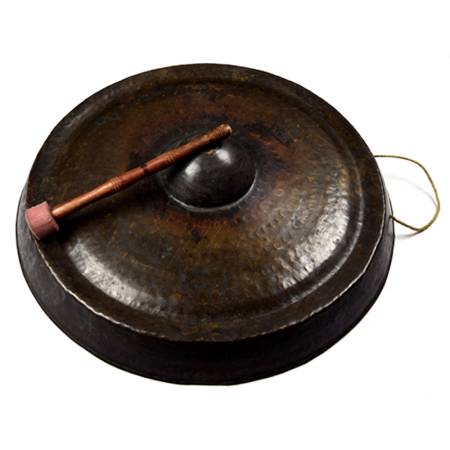



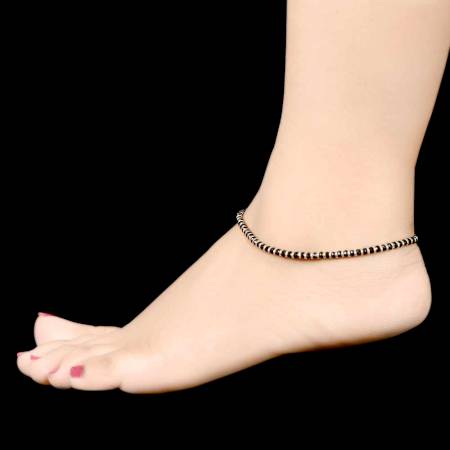
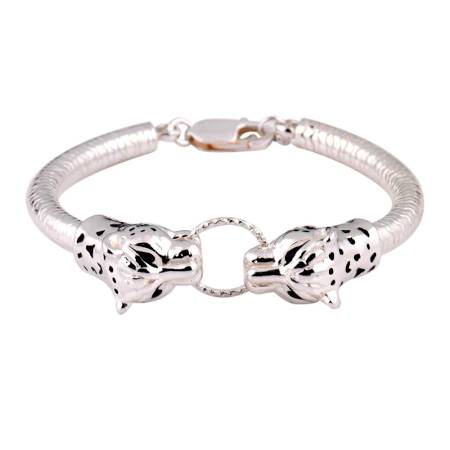
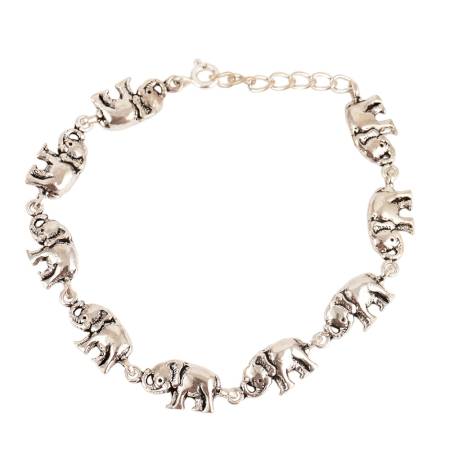
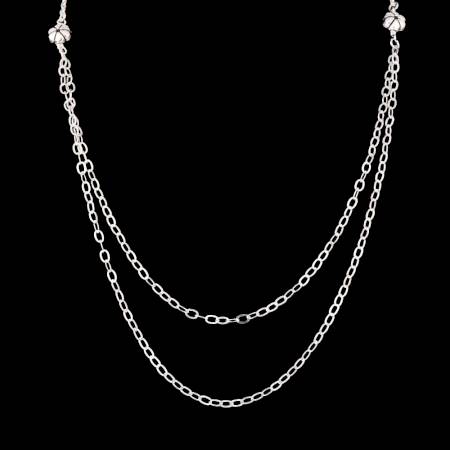
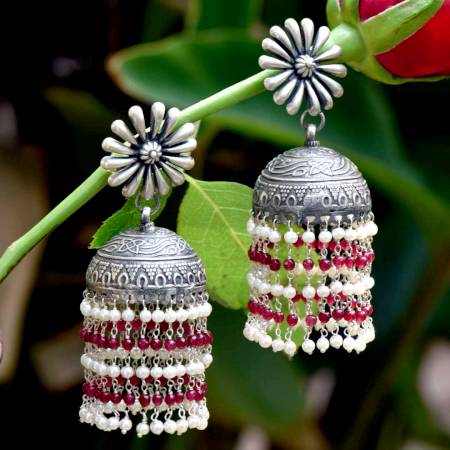
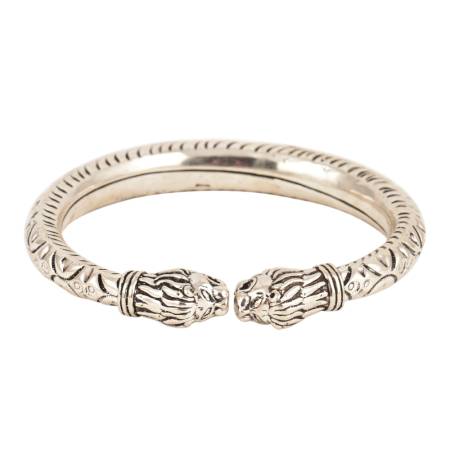
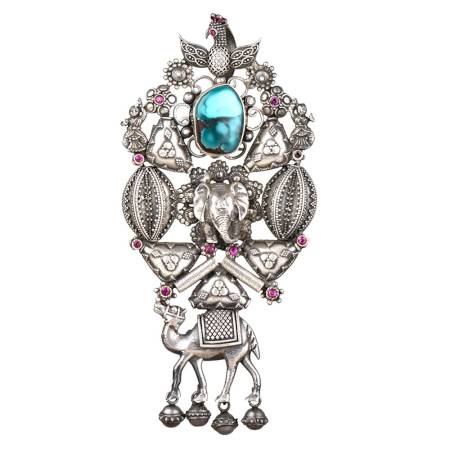
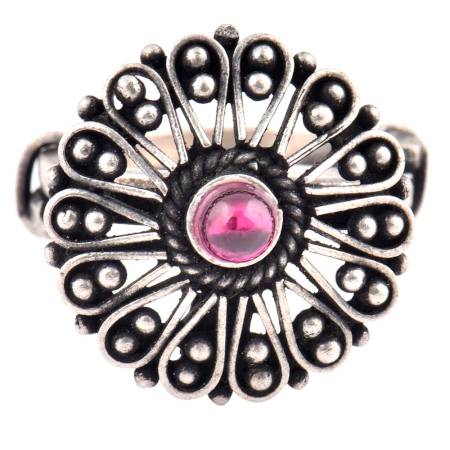
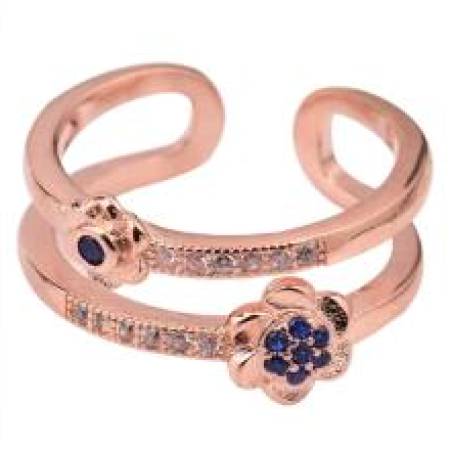







.jpg?ver=1.7)
.JPG?ver=1.7)
.jpg?ver=1.7)
.JPG?ver=1.7)
.jpg?ver=1.7)
.JPG?ver=1.7)
.jpg?ver=1.7)
.JPG?ver=1.7)
.jpg?ver=1.7)
.JPG?ver=1.7)
.jpg?ver=1.7)
.JPG?ver=1.7)
.jpg?ver=1.7)
.JPG?ver=1.7)
.jpg?ver=1.7)
.JPG?ver=1.7)
.jpg?ver=1.7)
.JPG?ver=1.7)
.jpg?ver=1.7)
.JPG?ver=1.7)
.jpg?ver=1.7)
.JPG?ver=1.7)
.jpg?ver=1.7)
.JPG?ver=1.7)
.jpg?ver=1.7)
.JPG?ver=1.7)
.jpg?ver=1.7)
.JPG?ver=1.7)
.jpg?ver=1.7)
.JPG?ver=1.7)
.jpg?ver=1.7)
.JPG?ver=1.7)
.jpg?ver=1.7)
.JPG?ver=1.7)
.jpg?ver=1.7)
.JPG?ver=1.7)
.jpg?ver=1.7)
.JPG?ver=1.7)
.jpg?ver=1.7)
.JPG?ver=1.7)
.jpg?ver=1.7)
.JPG?ver=1.7)
.jpg?ver=1.7)
.JPG?ver=1.7)
.jpg?ver=1.7)
.JPG?ver=1.7)
.jpg?ver=1.7)
.JPG?ver=1.7)
.jpg?ver=1.7)
.JPG?ver=1.7)
.jpg?ver=1.7)
.JPG?ver=1.7)
.jpg?ver=1.7)
.JPG?ver=1.7)
.jpg?ver=1.7)
.JPG?ver=1.7)
.JPG?ver=1.7)
.jpg?ver=1.7)
.JPG?ver=1.7)
.jpg?ver=1.7)
.JPG?ver=1.7)
.jpg?ver=1.7)
.JPG?ver=1.7)
.jpg?ver=1.7)
.JPG?ver=1.7)
.jpg?ver=1.7)
.JPG?ver=1.7)
.jpg?ver=1.7)
.JPG?ver=1.7)
.jpg?ver=1.7)
.jpg?ver=1.7)
.JPG?ver=1.7)
.jpg?ver=1.7)
.JPG?ver=1.7)
.jpg?ver=1.7)
.JPG?ver=1.7)
.jpg?ver=1.7)
.JPG?ver=1.7)
.jpg?ver=1.7)
.JPG?ver=1.7)
.jpg?ver=1.7)
.JPG?ver=1.7)
.jpg?ver=1.7)
.JPG?ver=1.7)
.jpg?ver=1.7)
.JPG?ver=1.7)
.jpg?ver=1.7)
.JPG?ver=1.7)
.jpg?ver=1.7)
.JPG?ver=1.7)
.jpg?ver=1.7)
.JPG?ver=1.7)
.jpg?ver=1.7)
.jpg?ver=1.7)
.jpg?ver=1.7)
.jpg?ver=1.7)
.jpg?ver=1.7)
.jpg?ver=1.7)
.JPG?ver=1.7)
.JPG?ver=1.7)
.JPG?ver=1.7)
.JPG?ver=1.7)
.JPG?ver=1.7)
.jpg?ver=1.7)
.jpg?ver=1.7)
.jpg?ver=1.7)
.jpg?ver=1.7)
.jpg?ver=1.7)
.jpg?ver=1.7)
.jpg?ver=1.7)
.jpg?ver=1.7)
.jpg?ver=1.7)
.jpg?ver=1.7)
.jpg?ver=1.7)
.jpg?ver=1.7)
.jpg?ver=1.7)

.jpg?ver=1.7)
.JPG?ver=1.7)
.jpg?ver=1.7)
.JPG?ver=1.7)
.jpg?ver=1.7)
.JPG?ver=1.7)
.jpg?ver=1.7)

.JPG?ver=1.7)
